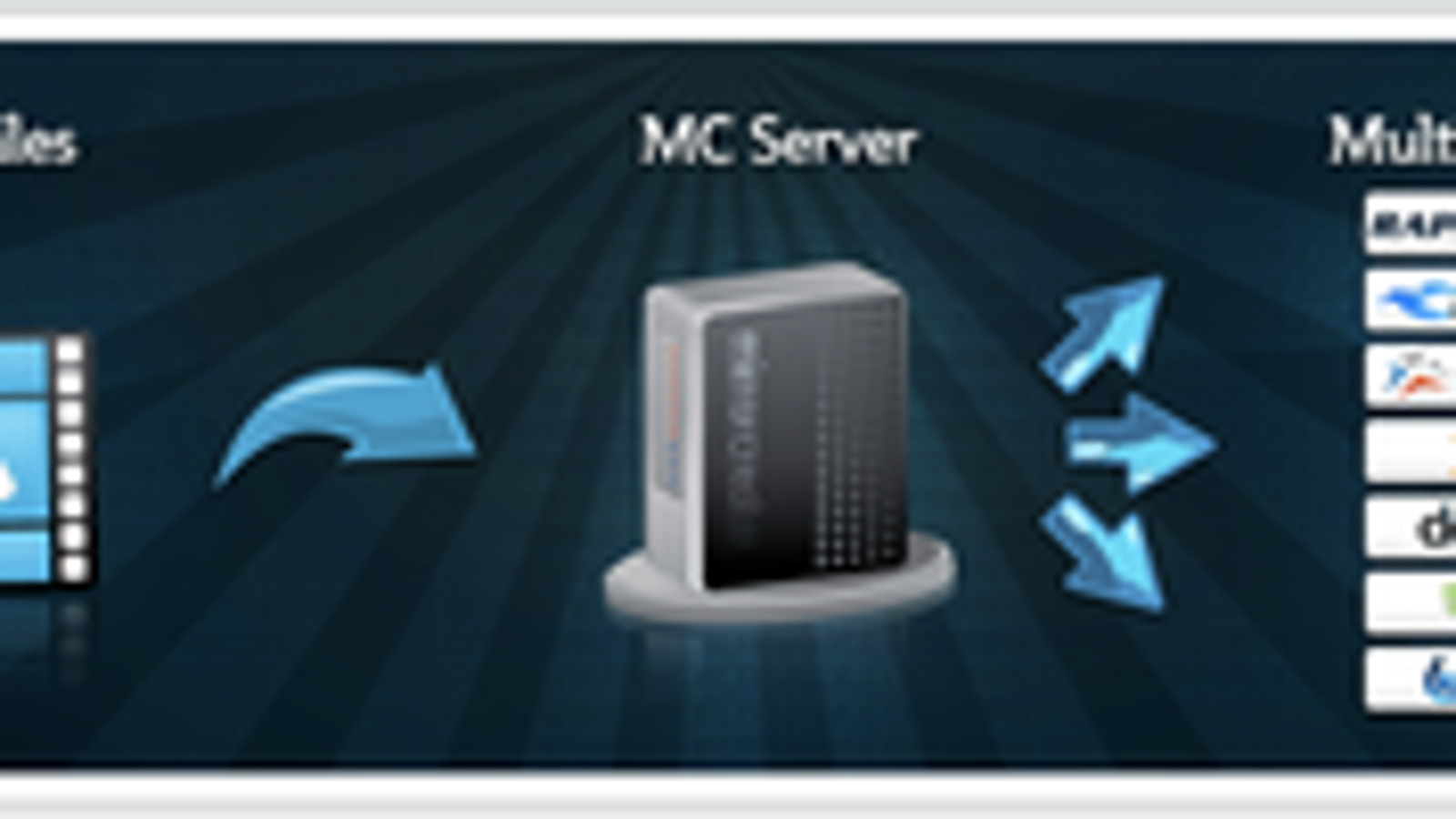

The ipreport command is a formatter for the log file. If you hadn't started it with startsrc, you would have to find its process ID with ps and kill it. To stop the daemon, use: # stopsrc -s iptrace , and place the trace data in /home/user/iptrace/log1 This command starts the iptrace daemon with directions to trace all activity on the Token-Ring interface, tr0 A typical invocation would be: # startsrc -s iptrace -a "-i tr0 /home/user/iptrace/log1" This makes it easier to control and shut down cleanly. Since iptrace is a daemon, it should be started with a startsrc command rather that directly from the command line. Because iptrace can consume significant amounts of processor time, you should be as specific as possible in describing the packets you want traced. Other options can narrow the scope of tracing to a particular source host ( -s), destination host ( -d), or protocol ( -p). An option ( -a) allows exclusion of address resolution protocol (ARP) packets. The iptrace daemon can only be started by rootīy default, iptrace traces all packets. One tool that can be used to obtain a detailed, packet-by-packet description of the LAN activity generated by a workload is the combination of the iptrace daemon and the ipreport command. Some run under AIX, others run on dedicated hardware. Using iptrace to Analyze Performance ProblemsĪIX Versions 3.2 and 4 Performance Tuning GuideĪre many tools for observing the activity, both normal and pathological, on the network.


 0 kommentar(er)
0 kommentar(er)
